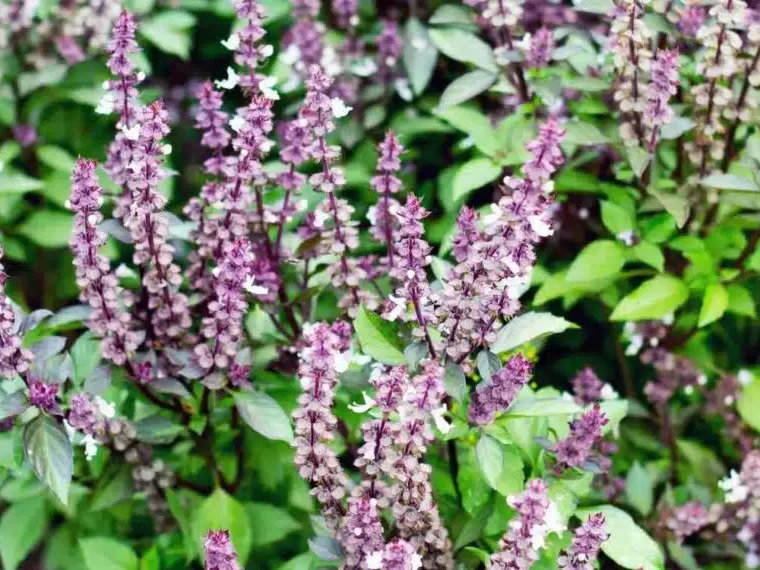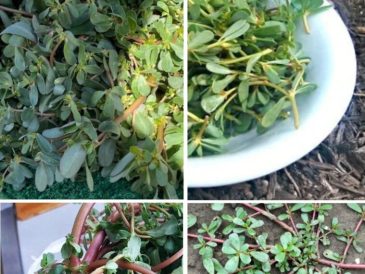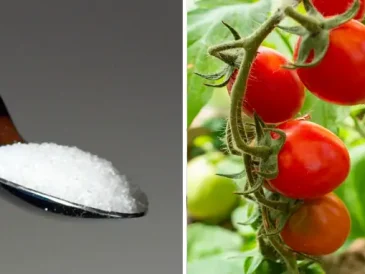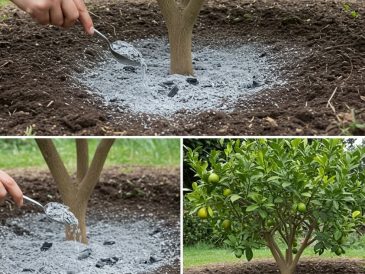Basil (Ocimum basilicum) is one of the most cherished herbs around the world. Its fragrant leaves are a staple in cuisines ranging from Italian to Thai, used to flavor sauces, salads, and even drinks.
But what many gardeners and home cooks overlook are the tiny, star-shaped flowers that bloom at the top of a maturing basil plant.
Often mistaken as a sign that the plant is “past its prime,” these blossoms are quickly pinched off and discarded.
But in truth, basil flowers are just as valuable as the leaves – offering a milder, floral version of the herb’s classic aroma, plus their own culinary and medicinal uses.
If your basil is blooming, don’t waste those flowers. Here are eight creative, flavorful, and practical ways to make the most of them – along with a bonus tip that could fuel next season’s garden.
1. Toss Fresh Basil Flowers into Your Salads
Why throw away something so beautiful and tasty? Basil flowers have a slightly less pungent flavor than the leaves and a hint of sweetness, which makes them perfect for tossing into a wide variety of fresh dishes.
How to Use:
- Snip the blossoms just before serving and gently rinse them.
- Add them to green salads, pasta salads, or mixed grain bowls.
- Use whole flower spikes or individual florets as edible garnish for plating.
Why It Works:
These tiny blooms add both color and visual texture, while infusing your salad with subtle herbal notes. Think of it as a fragrant upgrade to your standard greens.
2. Brew Basil Flower Tea
Looking for a calming, herbal tea? Basil flower tea is aromatic, soothing, and packed with beneficial compounds like antioxidants and anti-inflammatories.
How to Brew:
- Use 1–2 teaspoons of fresh or dried basil flowers per cup.
- Pour boiling water over the blossoms and steep for 5–10 minutes.
- Strain and sweeten with honey, or add lemon for brightness.
Benefits:
- Calms the nervous system and eases stress.
- May aid digestion and reduce bloating.
- A warm remedy for sore throats and mild headaches.
Tulsi (Holy Basil), a cousin of common basil, has been used for centuries in Ayurvedic medicine. While Ocimum basilicum is milder, it offers similar wellness perks when brewed.
3. Infuse Oils and Vinegars with Basil Blooms
Want to give your pantry a gourmet twist? Basil flower-infused oils and vinegars add a subtle complexity to dishes, perfect for drizzling, dipping, or dressing.
How to Make:
- Fill a clean, dry jar with fresh basil flowers.
- For oils: Use high-quality extra virgin olive oil.
- For vinegars: Choose white wine vinegar or apple cider vinegar.
- Seal and let steep in a cool dark place for 1–2 weeks, shaking occasionally.
- Strain and store.
Uses:
- Drizzle over roasted vegetables, pasta, or bruschetta.
- Use in salad dressings or marinades.
- Makes a unique homemade gift for food lovers.
4. Garnish Beverages with a Touch of Basil Elegance
Looking to impress your guests or just upgrade your everyday drink? Basil flowers add elegance and fragrance to both alcoholic and non-alcoholic beverages.
How to Use:
- Float them on cocktails like mojitos, Negronis, or gin & tonics.
- Drop a few flowers into sparkling water, lemonade, or iced herbal teas.
- Freeze flowers into ice cubes for a decorative and aromatic twist.
Why It Works:
They don’t just look pretty – they offer a whisper of herbaceous flavor and turn an ordinary drink into a botanical experience.
5. Blend Basil Flower Butter
Flavored butters (a.k.a. compound butters) are simple to make and incredibly versatile in the kitchen. Basil flowers bring a subtle herbal note and gorgeous specks of color.
How to Prepare:
- Mix chopped basil flowers into softened unsalted butter.
- Add a pinch of salt and optional zest of lemon or garlic.
- Roll into a log in parchment paper and chill.
How to Use:
- Melt over grilled meats, steamed veggies, or baked potatoes.
- Spread on fresh bread or corn on the cob.
- Use to flavor rice or pasta dishes.
This floral butter adds depth without overwhelming other ingredients.
The pesto will have a slightly lighter flavor and delicate floral undertones – delicious with pasta, sandwiches, or roasted veggies.
7. Dry the Flowers and Use as an Herb or Tea Base
Preserve your basil blooms for later use by drying them. Dried basil flowers are perfect for seasoning food or creating soothing tea blends.
How to Dry:
- Hang flower stems upside down in a dry, dark space with good airflow.
- Once dry, crumble and store in an airtight jar.
How to Use:
- Sprinkle into pasta sauces, soups, or pizza.
- Combine with chamomile, lavender, or mint for custom tea blends.
Properly dried basil flowers can last 6 months or more while retaining their aroma and flavor.
8. Leave Them to Attract Pollinators
If you have other crops growing nearby, consider letting your basil go to flower intentionally. The blooms are a magnet for bees, butterflies, and other beneficial insects.
How It Helps:
- Attracts pollinators to your vegetable and fruit plants.
- Encourages biodiversity and garden health.
- Supports bee populations, which are essential to food systems.
Letting your basil flower can also deter some pests and reduce the need for chemical controls in your garden.
Bonus: Save the Seeds for Next Season
Each dried flower spike is full of tiny basil seeds you can collect and use for future planting.
How to Harvest:
- Let the flowers fully dry on the plant.
- Gently crumble the dried spikes over a clean paper towel or container.
- Separate the seeds from the husks and store in a cool, dry place.
Growing from your own saved seeds not only saves money but also helps you preserve the hardiest traits of your plants.
Basil flowers are far from waste – they’re a fragrant, functional, and beautiful part of your herb garden.
Whether you’re infusing oils, creating herbal tea, or enhancing your summer drinks, these little blooms have a lot to offer.
So next time your basil starts to flower, don’t reach for the shears just to compost them. Get creative in the kitchen, boost your garden’s biodiversity, and extend your basil’s usefulness in new and inspiring ways.





